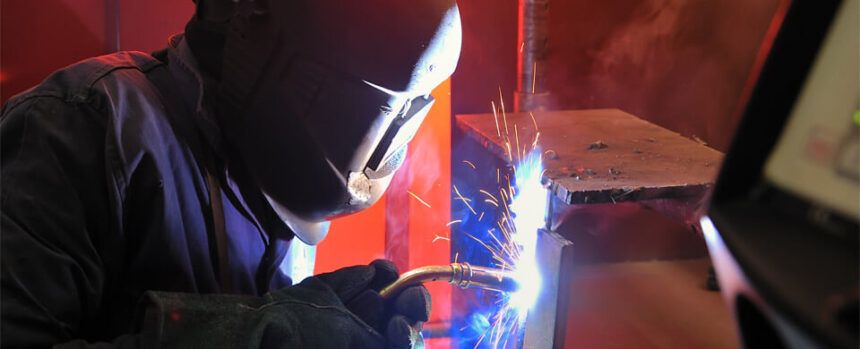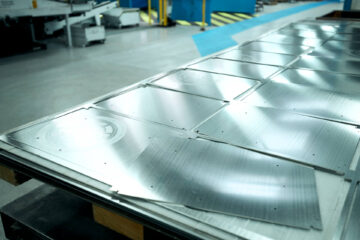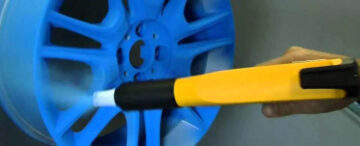
Here at SMS, we offer both Mig and Tig welding services, but what are the differences?
Firstly, Mig stands for metal inert gas, and Tig stands for tungsten inert gas. Mig and Tig use an electric arc to make the weld, but the main difference is that Mig uses a continuously feeding wire, while Tig uses long welding rods and slowly feeds them into the weld puddle.
Mig welders use the feeding spool of welding wire that burns, melts, and fuses both metals. This can be used on various metals, including aluminium, stainless steel, and mild steel.
Tig welders use a non-consumable tungsten electrode to run a current through the joined metals. This may or may not use a filler metal. Tig welding is more commonly used for thinner gauge materials. The main advantage is that you can use low power to avoid blowing through the metal. Tig is usually higher quality and more substantial but is slower.



